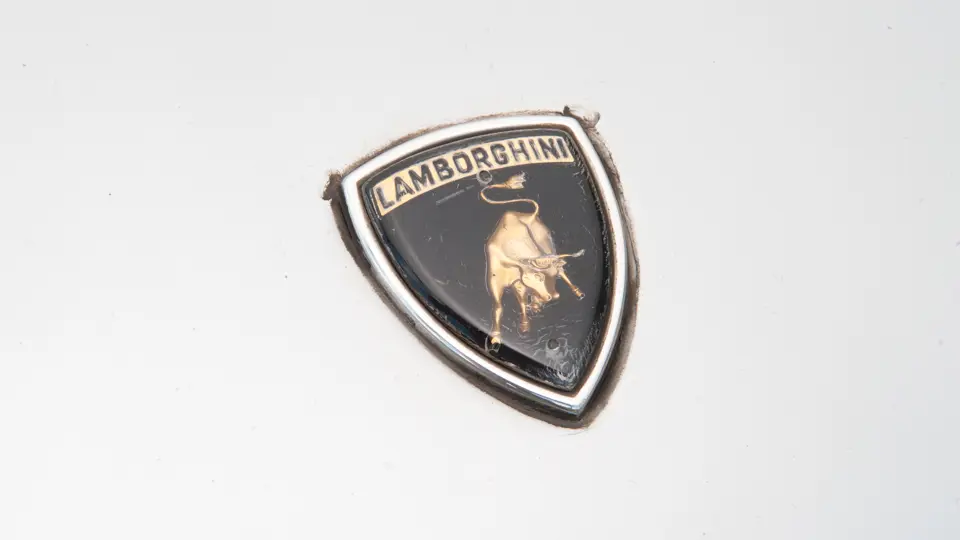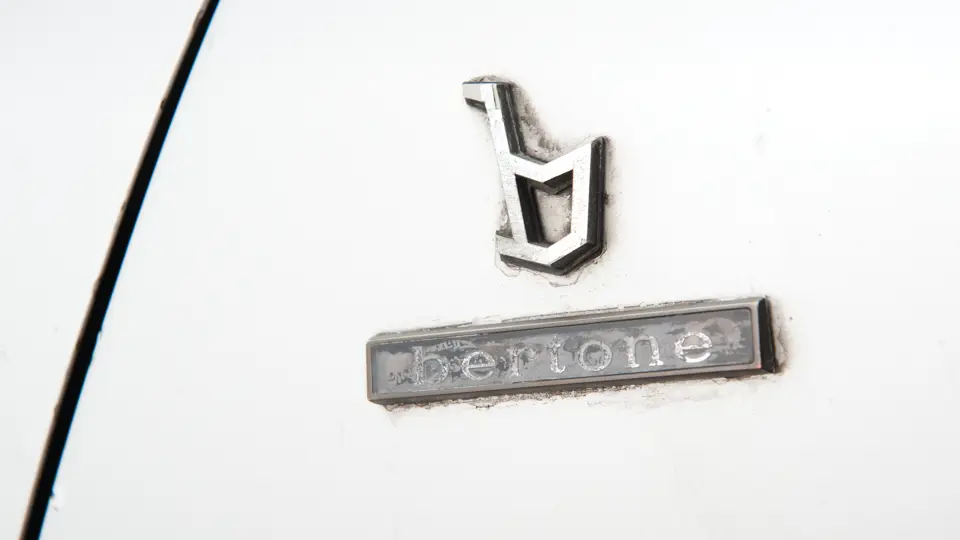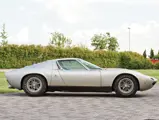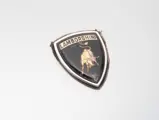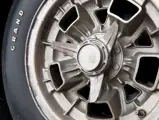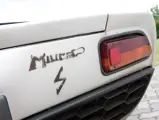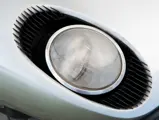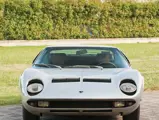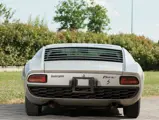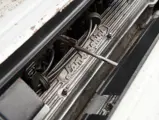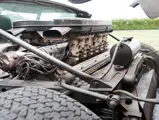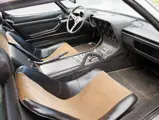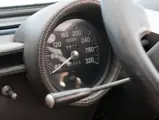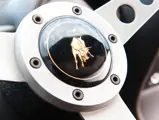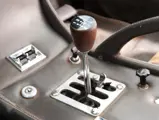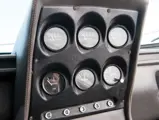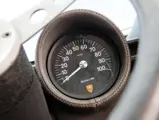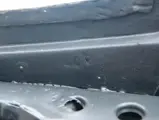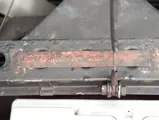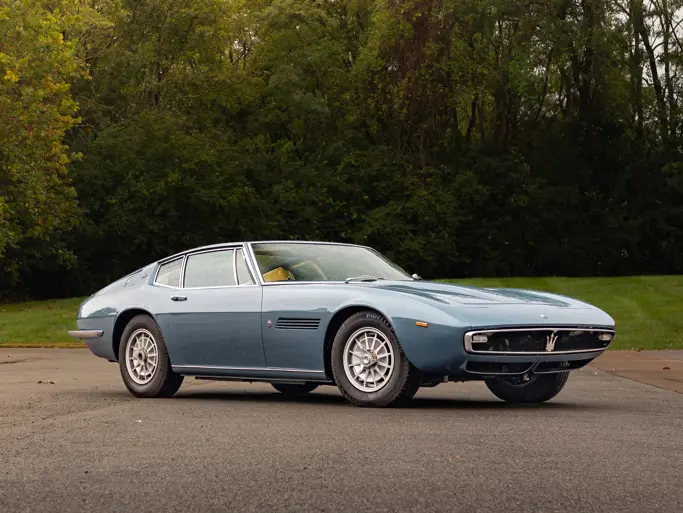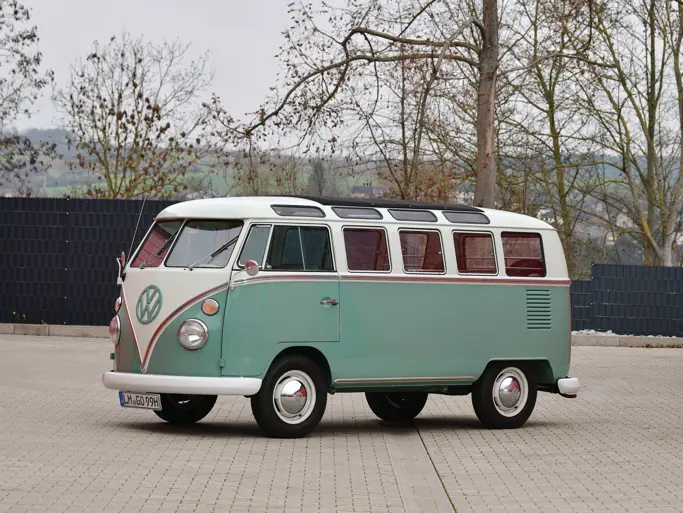370 bhp, 3,929 cc DOHC transverse mid-mounted alloy V-12 engine with four Weber carburetors, five-speed manual transmission, independent front and rear suspension with A-arms, coil springs, tubular shock absorbers, and anti-roll bars, and four-wheel hydraulic disc brakes. Wheelbase: 98.4 in.
The Lamborghini Miura, named after Don Eduardo Miura Fernández, the legendary breeder of fierce Spanish fighting bulls, was the very embodiment of the “supercar” moniker. Prior to the arrival of the Miura in 1967, many sports cars certainly offered high levels of performance and handling. The Miura, however, was the first to be built around the criteria that defined our modern concept of the supercar: tremendous speed and jaw-dropping design, coupled with technical innovation, resulting in a wallet-wilting price tag to which only the wealthiest could aspire.
By 1967, the latest version of the Lamborghini V-12 engine, which by now had been enlarged to four liters, was used for the entirely new and radical Miura. First shown to a stunned public in March 1966 at the Geneva Salon, the Miura’s sinuous body was penned by Bertone designer Marcello Gandini, who was at the young age of 22 at the time. The Miura development team also included two brilliant engineers who would gain fame in their own right, Gian Paulo Dallara and Paolo Stanzini.
Under the guidance of New Zealander Bob Wallace, the Miura’s chassis was carefully tuned to deliver the handling levels needed to contain and exploit the prodigious amounts of available power. With a double-wishbone suspension at each corner, in the best racing tradition, the Miura’s technical specifications were very advanced for a road going car. The mid-mounted engine was fitted transversely to allow for a more compact overall layout. The Miura’s original design sketches also called for a glass engine cover and a three-seat layout, with the driver in the middle and one passenger on either side. Although this latter feature never made it to the production Miura, it did re-emerge on future supercars, most notably the McLaren F1 of the 1990s.
While the glass engine cover was also never used, the rear window louvers that did appear on production models were an industry first. As the engine was no longer front-mounted, rather posteriore, the first generation of Miuras were accordingly named P400s. This turned out to be a sensational, trendsetting decision. Almost immediately, the young Lamborghini marque leapfrogged to the head of the class, well ahead of both Ferrari and Maserati, with this innovative mid-engine configuration.
The Miura’s technical specifications remain impressive even today: a lightweight frame, fully independent suspension, four-wheel disc brakes, and power provided by that well-proven, symphonic V-12 engine. Breathing deeply through four triple-choke Weber carburetors, the Miura initially offered 350 brake horsepower on tap and was capable of over 175 mph. In the hands of the brave, it was more than a match for any other road going production car of the era.
A steady process of evolution and improvement was maintained throughout the production cycle of the Miura, and in 1968, the “S” version appeared, boasting 370 brake horsepower, updated brakes, and numerous other enhancements. Faster, more luxuriously appointed and more stable with better braking, this spinto (tuned) Miura represented a large step forward from its already magnificent predecessor. The Miura S was capable of reaching 60 mph in just 5.5 seconds and 140 mph in fewer than 30 seconds, with a top speed of 177 mph. In April 1970, Road & Track called it “an exercise in automotive art.”
The P400 S offered here is confirmed by Lamborghini factory records as having been produced August 4, 1969, in Silver Metallic with black and beige upholstery. Originally delivered to Coppini S.E.A. Baracchi, it was put away in 1974 and remained undriven until its acquisition, very recently, by a collector and enthusiast outside of Milan.
An e-mail from Fabio Lamborghini, which is on file and available for inspection, confirms that this car retains, to this day, its original, matching-numbers data tag, frame, and body panels, which can be found to have the original body number, 477, on the hood, doors, and rear louvers. All body components are stamped with their original codes, including the correct numbered glass. Even the door handles and the latches are original. The engine block is stamped as having been built in November 1969, indicating that it was possibly replaced at some time by Lamborghini as some type of warranty work.
Much of the paint remains original, with the checks and marks of age, but it is in a remarkable state of preservation overall; in addition, much of the interior is also original. The car is supplied with its original tool roll and bag, jack and bag, and hammer, as well as the parts and owner’s manuals, a 1969 dealer register, a sales brochure, and the Italian registration plates. The speedometer unit has been replaced and is not original, so it is difficult to tell exactly how many miles are on this car, but its condition indicates that it is very low.
With so many Miuras found today having undergone exhaustive restoration, the car shown here is an example of preservation of original features, resulting in an increasingly desirable asset. Having been tucked away in a Milanese garage and hidden from the public for more than three decades, the spark plugs were changed and some very minor service work was performed, but the car started straight away. Accompanied in the file is a video of the car being driven at speed, and the owner reports that the car performed wonderfully. Please consult an RM specialist to review the footage of the car driving.
This is a once-in-a lifetime chance to acquire a car that has patina in spades, and it would be the ideal basis for freshening mechanically and driving “as-is,” or as the best possible beginning for a ground-up restoration.
It is, simply put, “the original supercar,” at its most original.
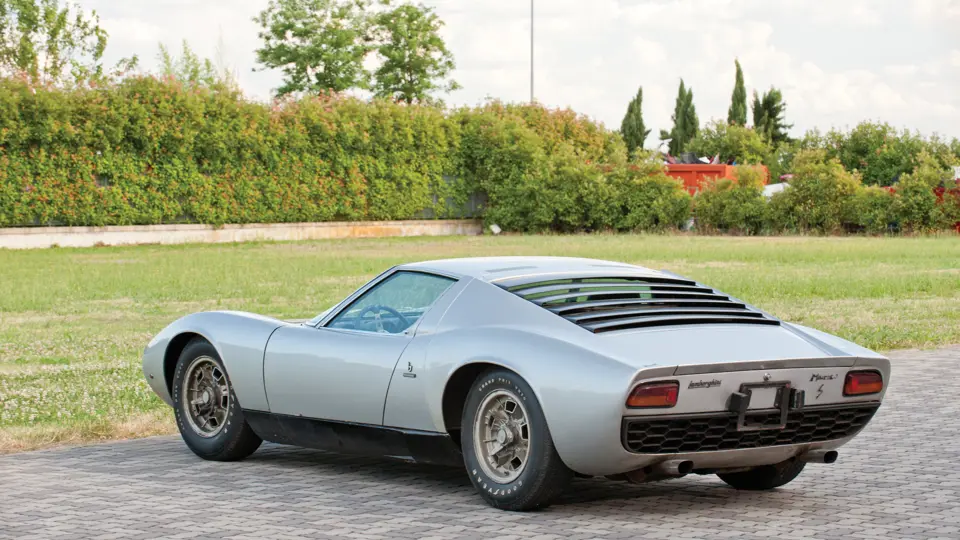
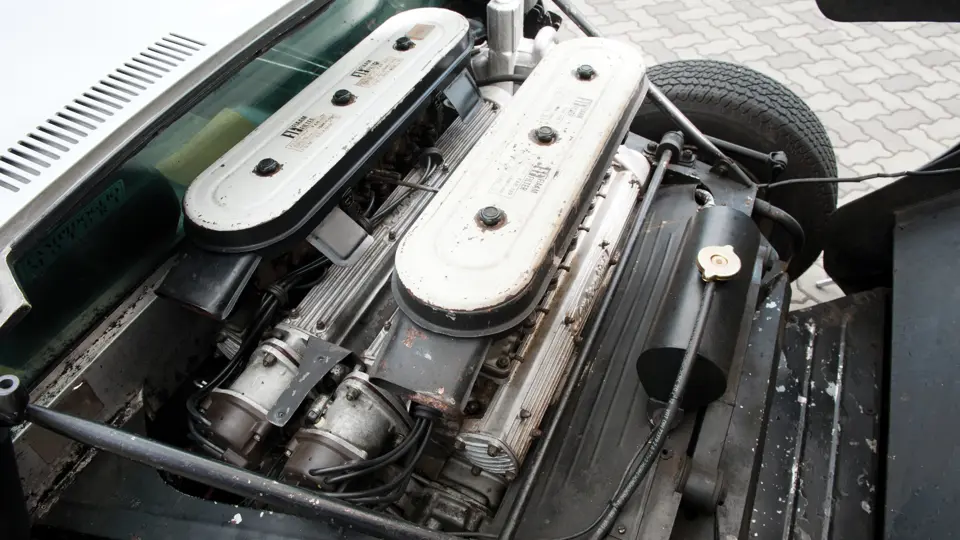
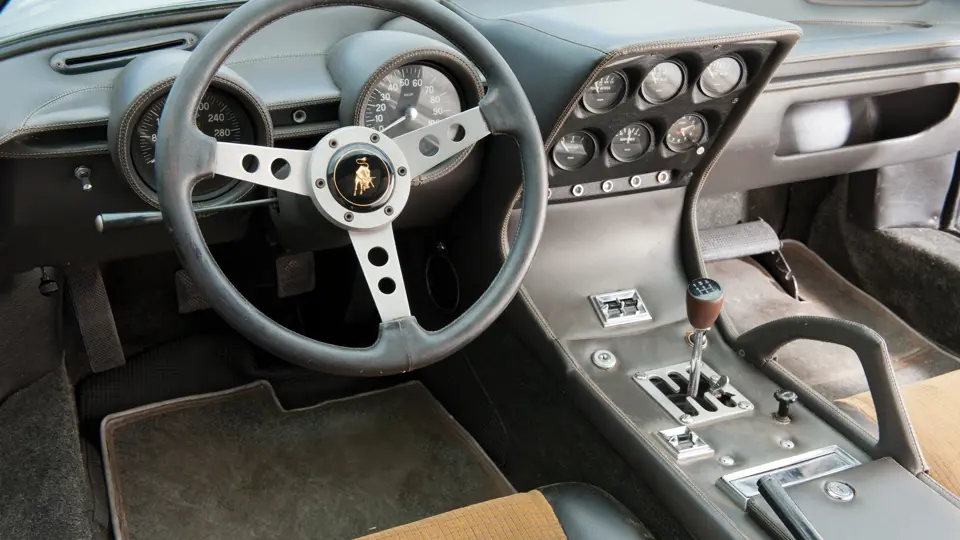

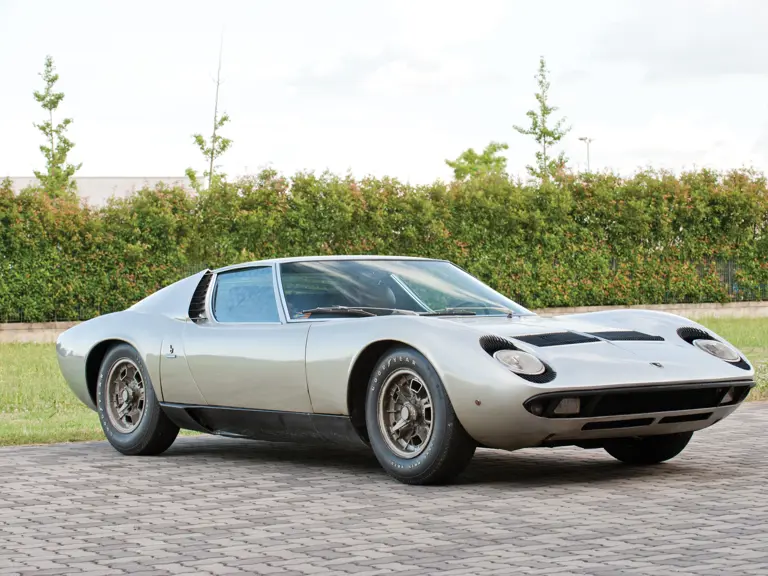
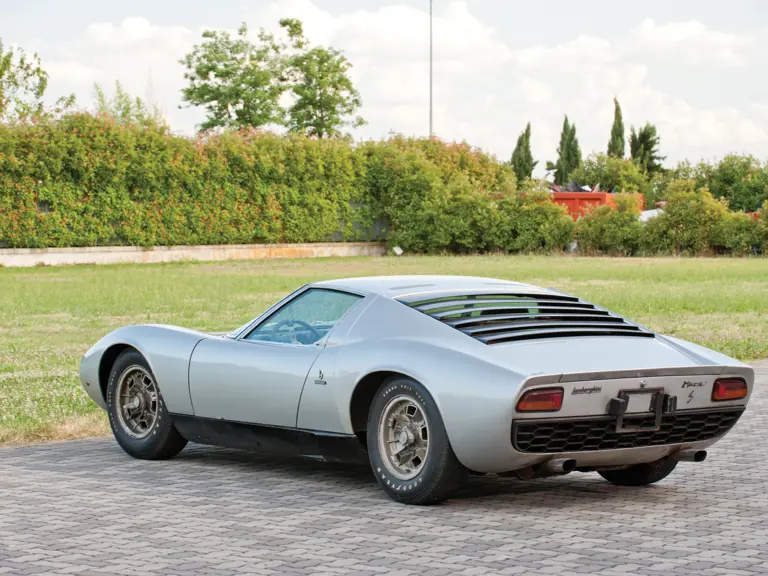
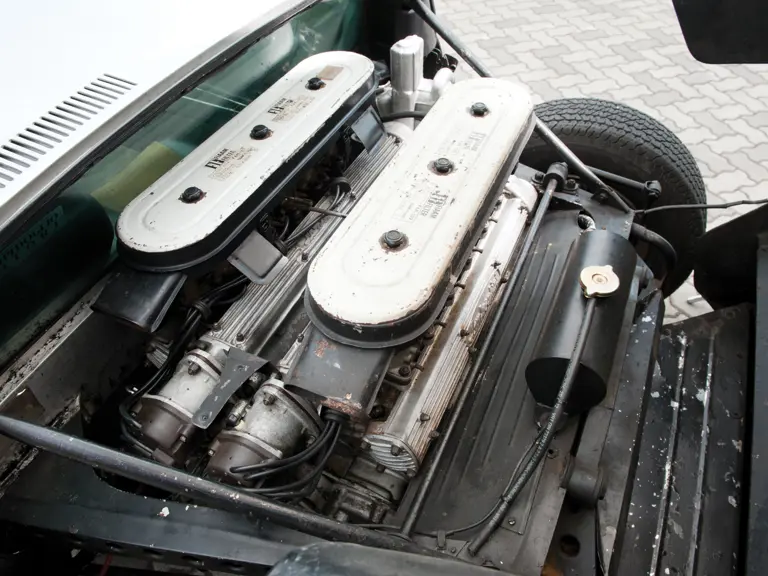
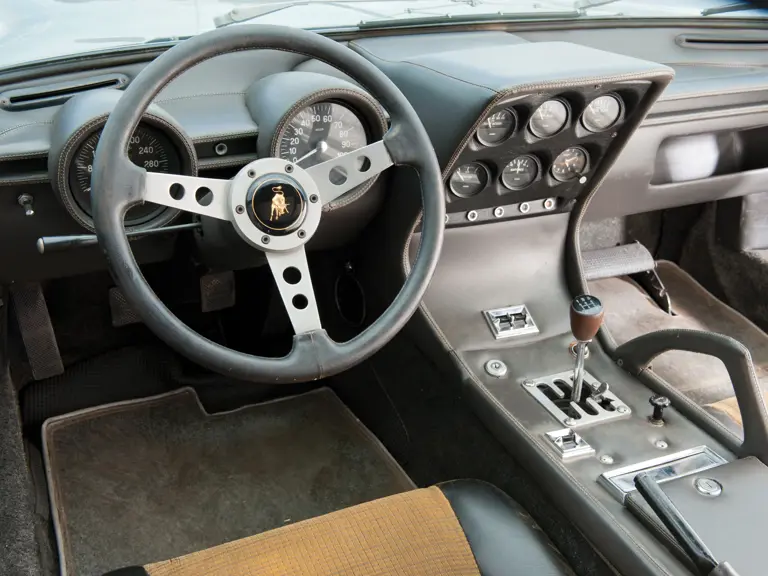

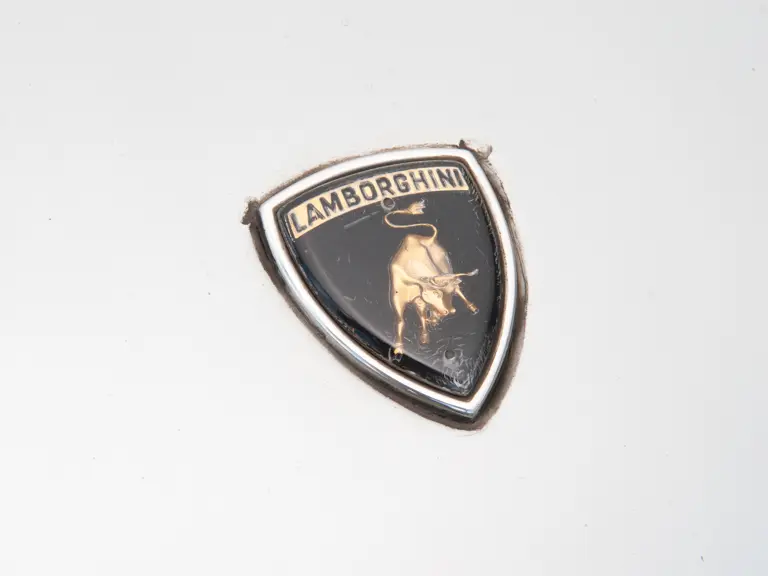
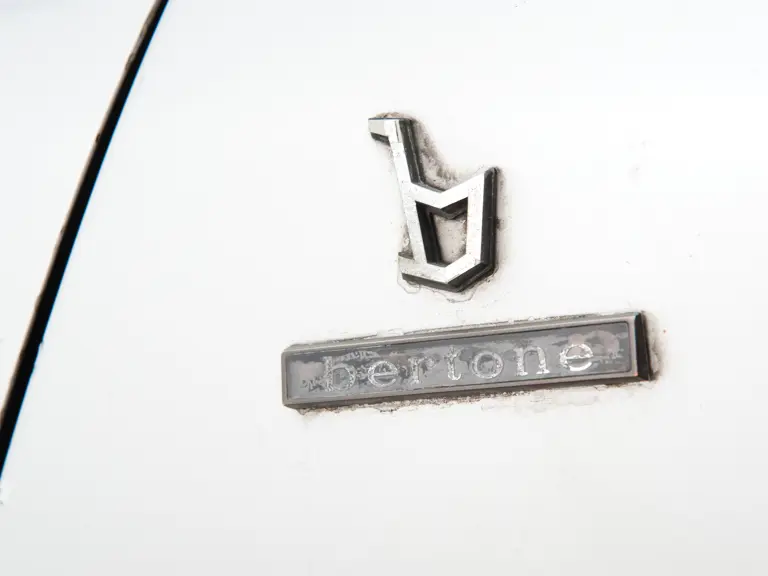
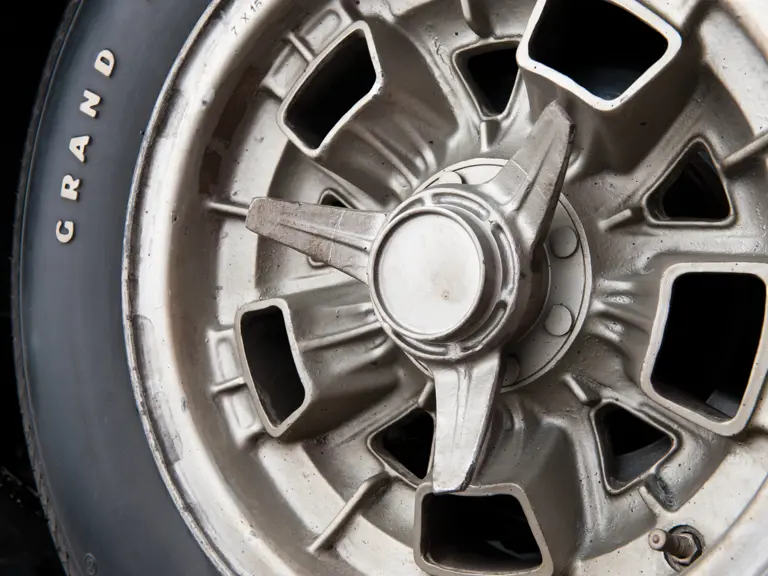

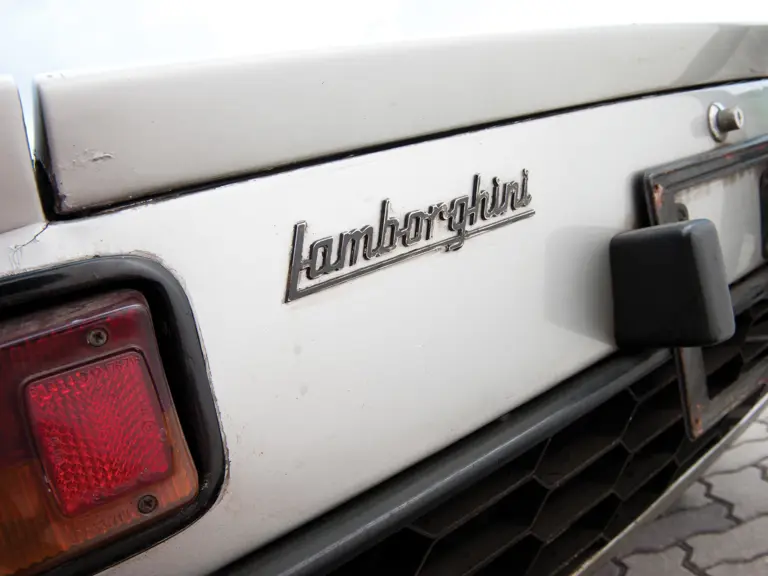
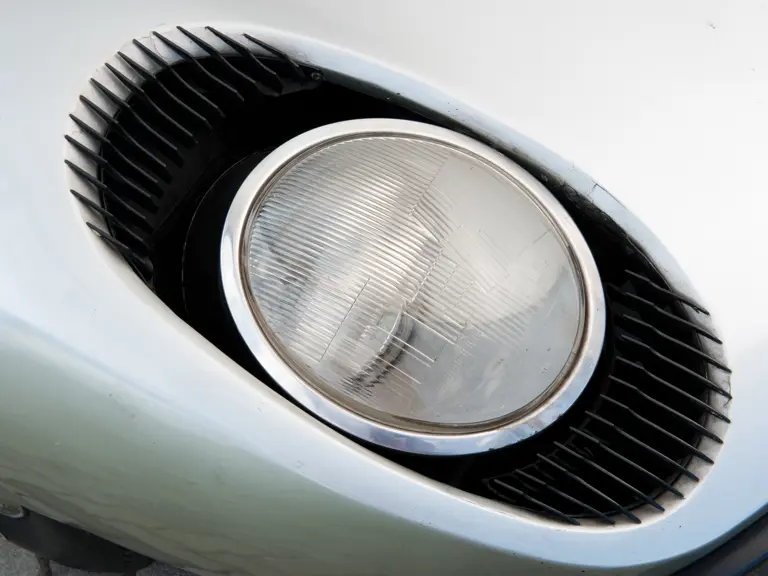
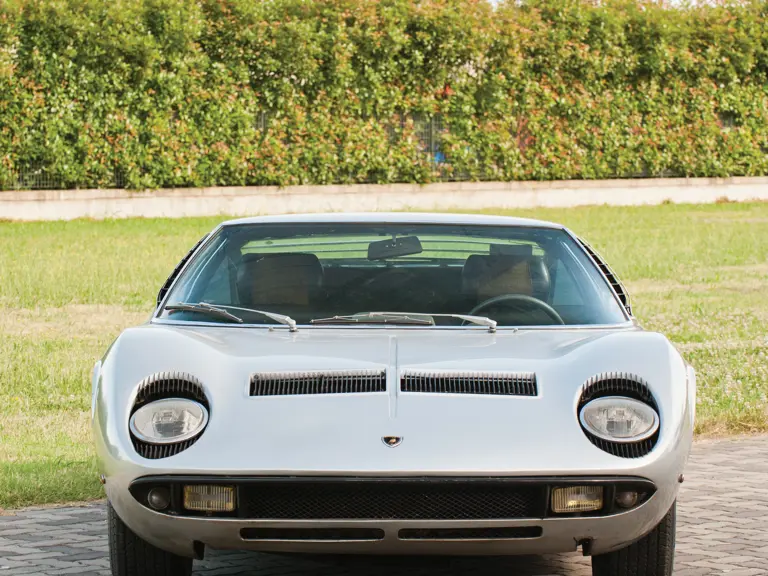
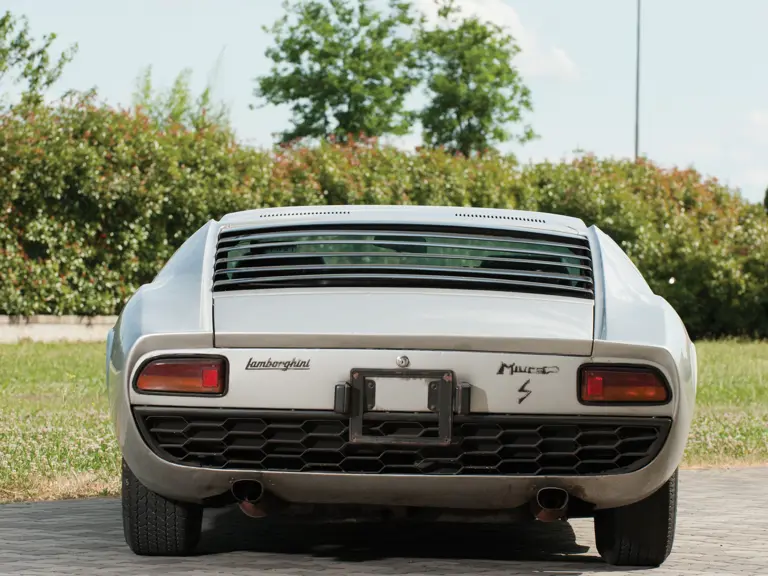
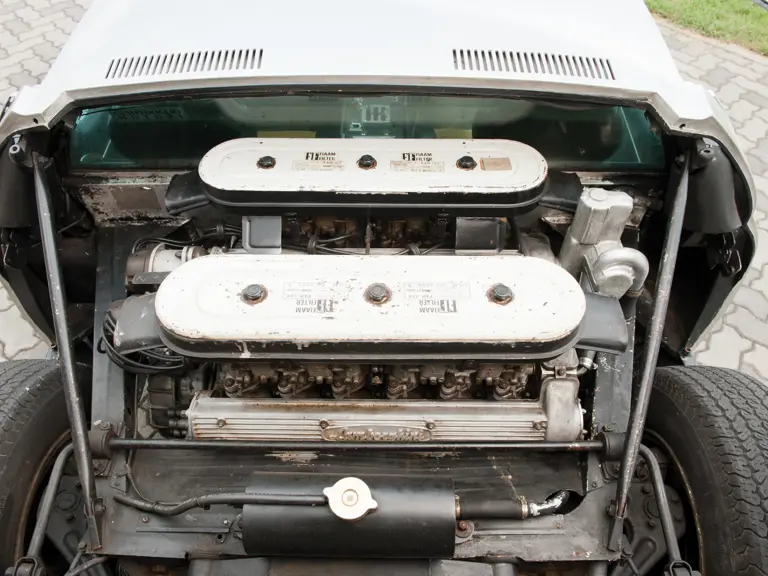


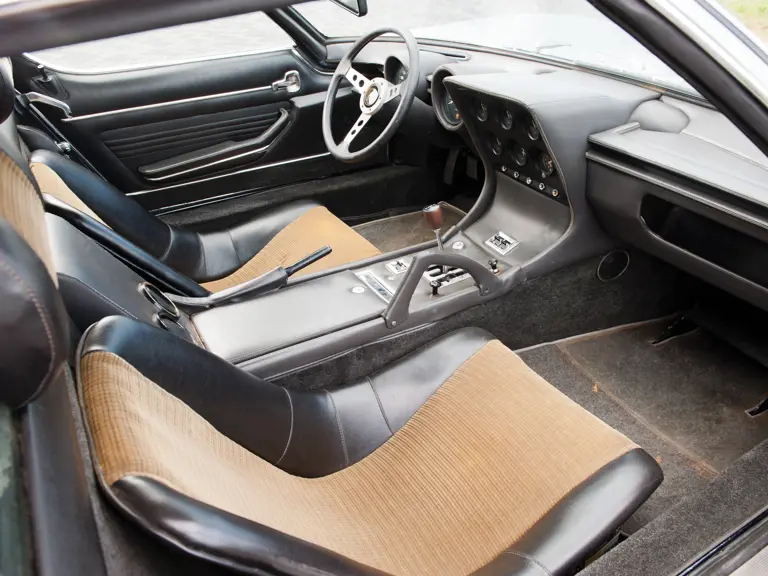
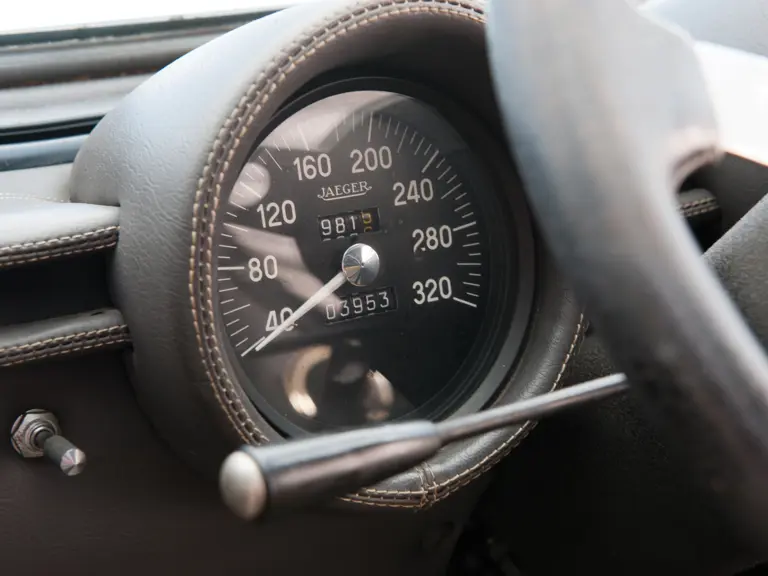
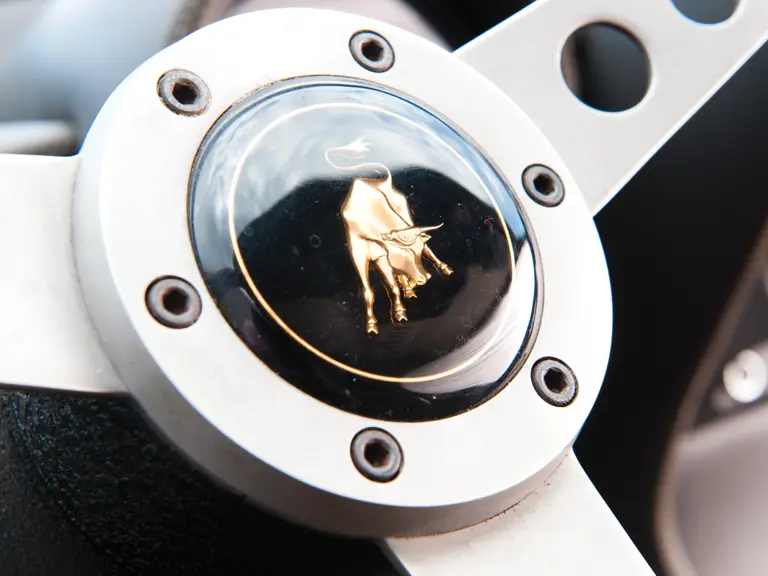
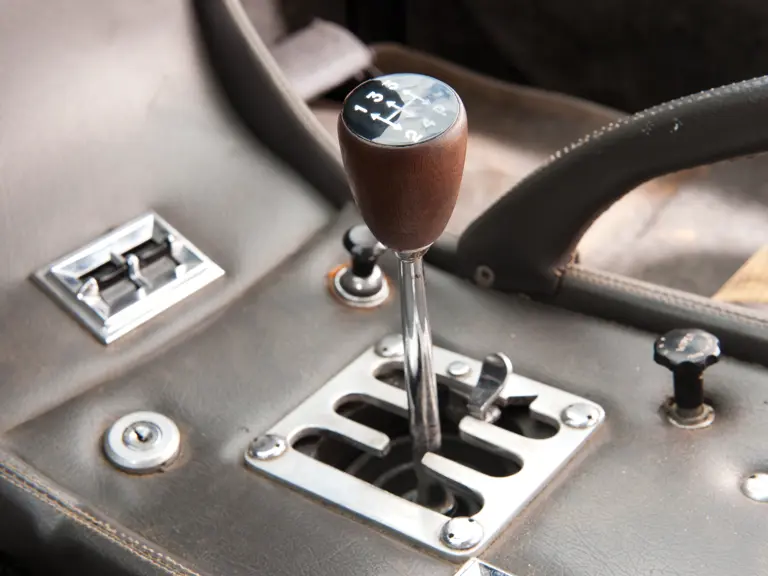

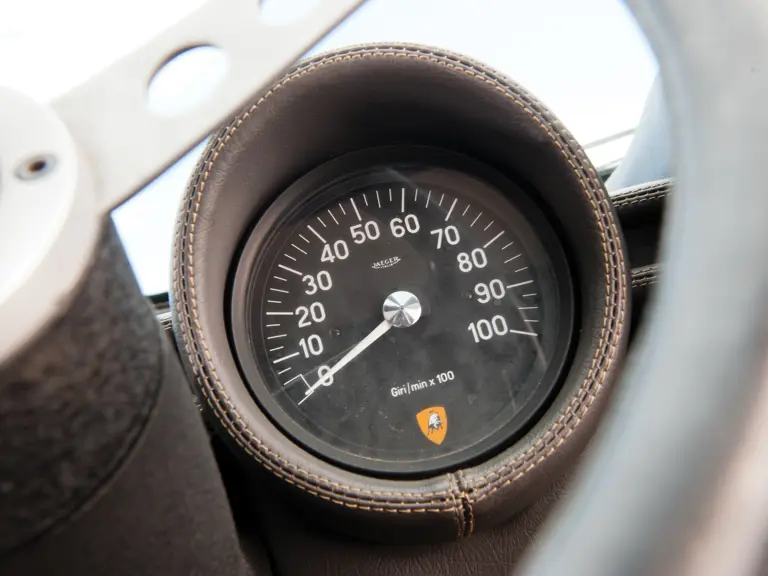
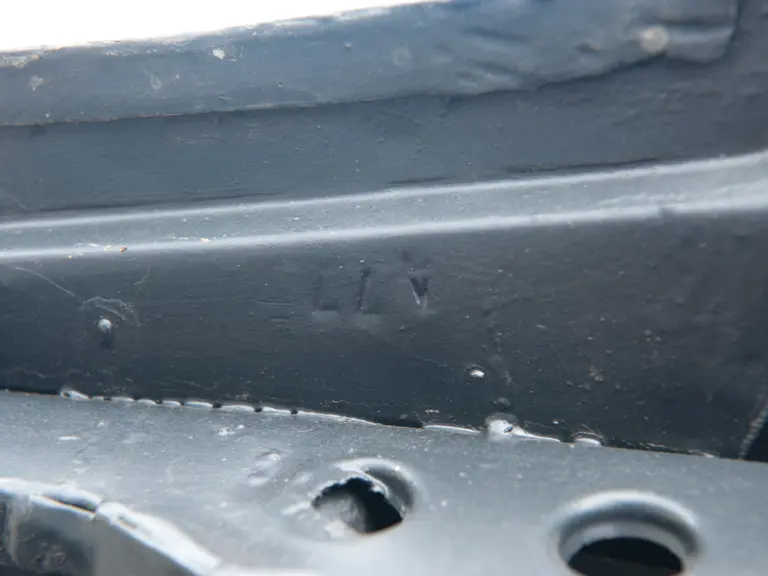




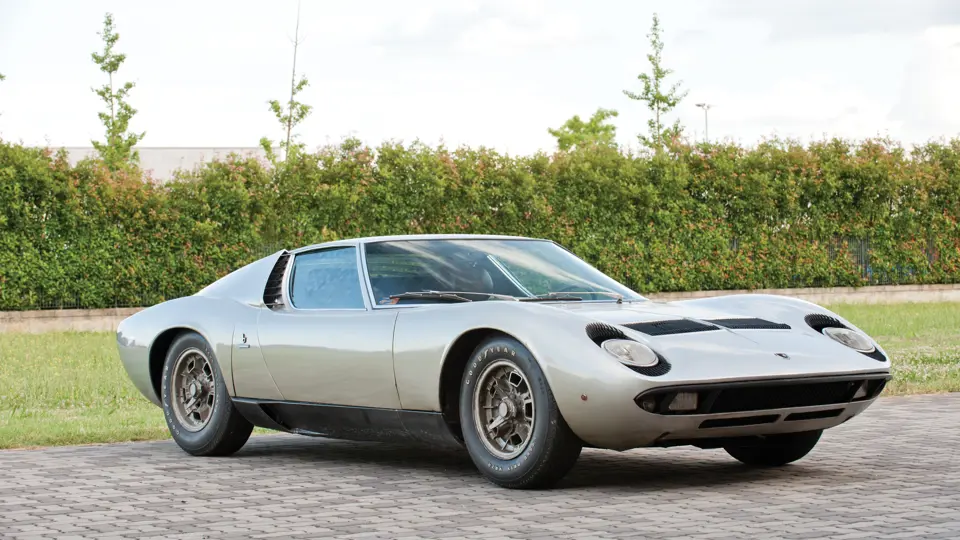
 | Monterey, California
| Monterey, California

